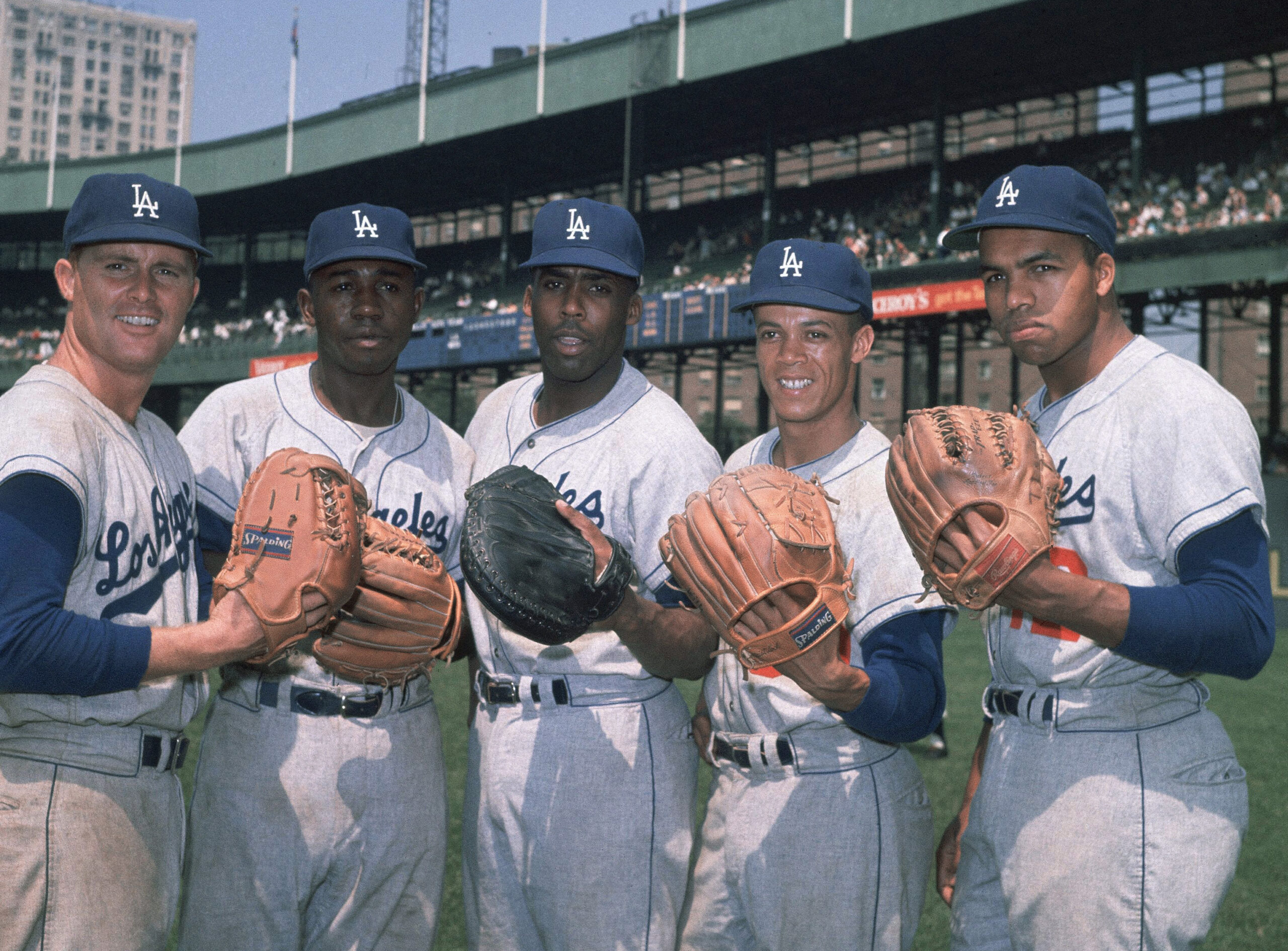Jim Gilliam: Only the good die young

October’s birthday boy is the only October birthday in the years of the Sunshine Boys. Born Oct. 17 in Nashville, Tennesse, Jim Gilliam also died Oct. 8, in Anaheim, California, at the untimely age of 49 from a fatal brain hemorrhage. He packed a lot of baseball into his short life, and all those professional innings were for the Dodgers, first in Brooklyn and then Los Angeles.
You’ve got to have something, talent and grit at the least, to come up behind Jackie Robinson. Gilliam, known as Junior, had both plus a warm personality that made him a popular teammate. His thoughtful, almost scientific approach to the game, learned from a Negro Leagues mentor, and his genuine personality made him well-liked across the league.
Gilliam came up as a second baseman. I remember clearly my resentment at someone replacing Jackie. Junior didn’t. Robinson had begun to age when he was moved to the outfield, the hot corner, and also first base. Aging he was, but multi-talented he also was. Gilliam wasn’t flashy. But he was steady, with sticky fingers. If a ball was hit between first and second and was catchable, Gilliam was going to get it. He could be counted on to gobble up even some that weren’t catchable by many other second-sackers.

Brooklyn Boro
View MoreNew York City’s most populous borough, Brooklyn, is home to nearly 2.6 million residents. If Brooklyn were an independent city it would be the fourth largest city in the United States. While Brooklyn has become the epitome of ‘cool and hip’ in recent years, for those that were born here, raised families here and improved communities over the years, Brooklyn has never been ‘uncool’.